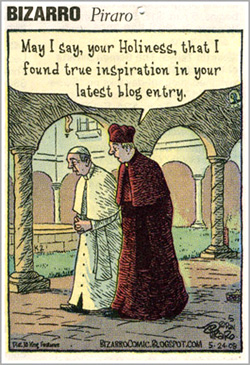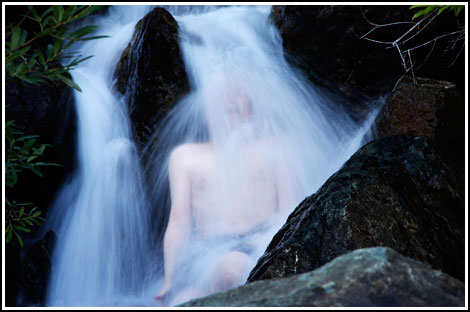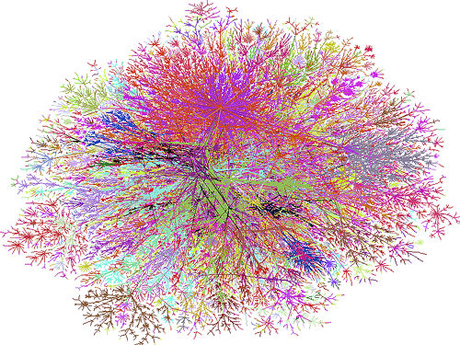 I've just returned from Santa Fe, where the big sky filled me with inspiration. New Mexico is one of those places where land magic is most palpable, and in this occasion it was accompanied by some powerful people magic as well.
I've just returned from Santa Fe, where the big sky filled me with inspiration. New Mexico is one of those places where land magic is most palpable, and in this occasion it was accompanied by some powerful people magic as well.
I was at a retreat for Berrett Koehler authors (you've heard me rant about their newsletter), put on by the BK Author's Co-op. Their theme for this year's (their 8th) retreat was "creating community". I find this theme/meme particularly compelling right now.
In all the uncertainty of our current economic and political climate, one thing that remains crystal clear is the need for community. It's never been more important to come together, collectively and collaboratively, to face the challenges and opportunities of our time.
The BK community is a particular species of human being. Each one is an author of a book that is collaboratively chosen by a team consisting of BK's exemplary President Steve Piersanti, Senior Editor Johanna Vondeling and many other members of the BK staff and community. The authors each have something really valuable to share about a subject in alignment with BK's mission: "a community dedicated to creating a world that works for all". That means the BK community is made of intelligent, thinking people who care deeply about the world and have demonstrated the willingness to share the wisdom they've gleaned.
I'm blessed to work with many of these luminaries and call them friends; David Isaacs and Juanita Brown of the World Café, the extraordinary Alan Briskin, and new friend and colleague Marilee Adams of the Inquiry Institute. At least two more of my dearest friends, Craig Neal of Heartland Circle and David Sibbet, are soon to be BK authors and I too will be a contributing author to an upcoming 2nd edition of the World Café book, writing a chapter on how the internet and online communications have helped us to develop the World Café community and support conversations that matter all over the world.
The BK community of authors is not only writing books about what matters most in today's world, essential and important as that role is; they are also taking collective action in a number of ways.
One of the independent projects that came out of this year's retreat was an initiative that draws authors together – whether or not they are published through BK – to support Barack Obama in the upcoming election. If you're interested in adding your name or passing it on to others who might be interested in doing so, please have a look at authors4obama.com.
It's a big sky out there, and BK luminaries are helping to light it up.






Welcome!